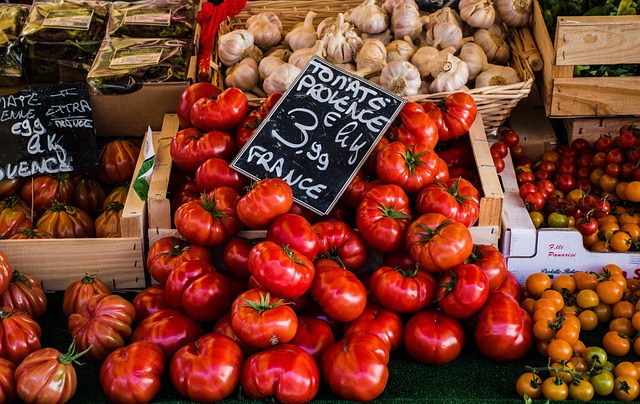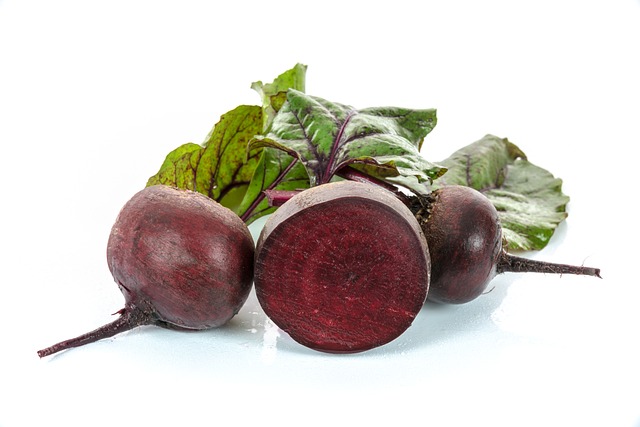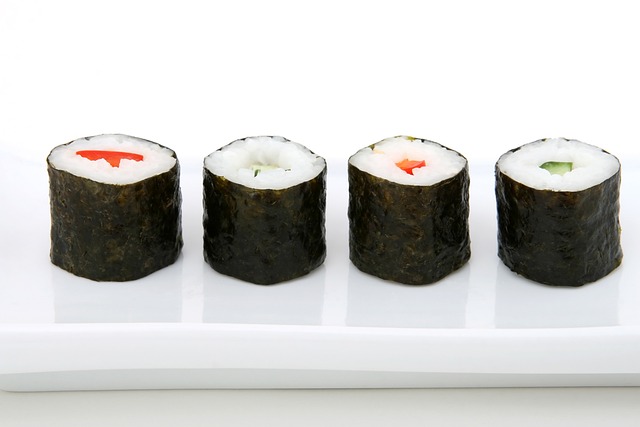
Juicing is a smart way to help ensure that you get the recommended daily allotment of vegetables and fruit you need for a healthy diet. You take your choice of vegetables and fruits and transform them into a drink full of nutritious ingredients. Learn how to start creating your own healthy juice blends with the tips in this article.
It is wise to juice with masticating juicers. These machines extract juice in a slower way that retains nutrients. These are also more storage-friendly.
When juicing for health, the most effective ingredients you can use are greens like spinach, kale, broccoli, parsley, chard and the like. Try to keep your juice content to 50-70 percent greens, making up the rest with fruits and vegetables that add better flavors. Fruit juices may taste sweeter, but compared to green veggies, they come at a steep price in sugar and calories, meaning they’re not as healthy.
Think of your juice as a meal. Once you have juiced a few times and see how much food you need for one glass of juice, this will make more sense to you. Treating juice as a meal replacement allows your body to quickly absorb nutrients into your bloodstream.
Lemon Juice
When juice sits in the refrigerator for a few days it changes into unappetizing colors. Most people find juice that has turned to colors like grey or brown less than appetizing. This situation is easily avoidable if you add a few teaspoons of lemon juice to your mixture, preferably fresh. Lemon juice has the ability to keep the juice fresh without affecting its taste.
Choose a juicer that you can easily take apart and clean. If you have to spend a lot of time assembling your juicer and cleaning it, you will avoid using it. Juicers need to be easy to clean, but it certainly helps if you clean your juicer immediately after juicing.
Blood Sugar
When you have been diagnosed with diabetes or hypoglycemia, consult with your doctor before you start juicing fruits. Fruit juice could cause a fast increase when it comes to your blood sugar. Keep a log of fruits that you juice, and record their effect on your blood sugar levels. Vegetables can supplement your juices to provide your body with nutrients without the risk of sugar overload.
Ginger is a great food that can help to aid gastrointestinal problems. It adds some kick to the flavor of your juice as well as promotes health. Ginger is great with a combination anti-inflammatory as well as soothing any damage in the esophageal region, usually caused by acid reflux.
Vegetable and fruit juice contains phytochemicals that have been found to extract carcinogens from your system. Find out which fruits contain these phytochemicals and incorporate them into your juice mixes!

If you are aging and you feel lethargic, consider juicing to give you energy once again. Juicing can provide great health benefits such as relieving joint pain, boosting memory and even preventing free radical damage to cells.
As soon as you make your juice, drink it. You should be aware that some of the nutritional value is lost once you make the juice. The longer you wait to drink it, the fewer nutrients you will get. Drinking your juice as soon as you are finished juicing is the best way to get the maximum nutrition from your juice.
You want to add in vegetables and fruits you don’t normally eat when you juice; you then want to cover up the flavors of these with other ingredients that can make it taste good. This helps ensure that you get the largest possible variety of important nutrients. Ingredients such as apples or lemons will help mask tastes you may find unsuitable.
Cucumber juice helps skin and hair health. There is a significant amount of silica found in cucumbers. Silica also make connective tissue much stronger, as well as being good for bones, ligaments, tendons and muscles.
Remember the concept of “negative calories” when you are juicing for weight loss. Try to combine produce in your juice that takes more calories to burn than are consumed in the juice itself. Items that are included are things like herbs, cabbage, broccoli, or kale. You can look up other type of items online as well. Fruits high in fiber are great since it takes a while for digestion to break them down.
Drink your juice as soon after you make it as possible. Ideally you will drink your juice as soon as you make it.
In terms of juicing, remember that different juices may change the appearance of the teeth. This is important because certain juices will actually stain teeth. Carrots and beets are key offenders for tooth staining. Brush your teeth immediately after consuming juices made with these veggies if you have stain-prone teeth.
One important thing to keep in mind when making juice is that different fruits have at least minor differences. Fruits in the citrus family may require different equipment to effectively produce a drinkable juice. Additionally, be mindful of handling melons; melon juices is not particularly appetizing when combined with the juices of other fruits.
In the juicing process, you’ll often create a surplus of pulp. The quantity will depend on what ingredients you have used. You can use it for extra fiber the next time you juice.
Store your juicer in a handy location where you can put it to use at the drop of a hat. When you notice the juicer sitting there unused, it may remind you of the wonderful benefits you are missing out on.
As we’ve already noted, juicing can serve as a terrific way to supplement your daily intake of fresh produce. You can take your favorite fruits and mix them together for great tasting drinks. The information in this article should have provided you with a variety of creative ways to make fresh and delicious juice to make you healthy and happy.
